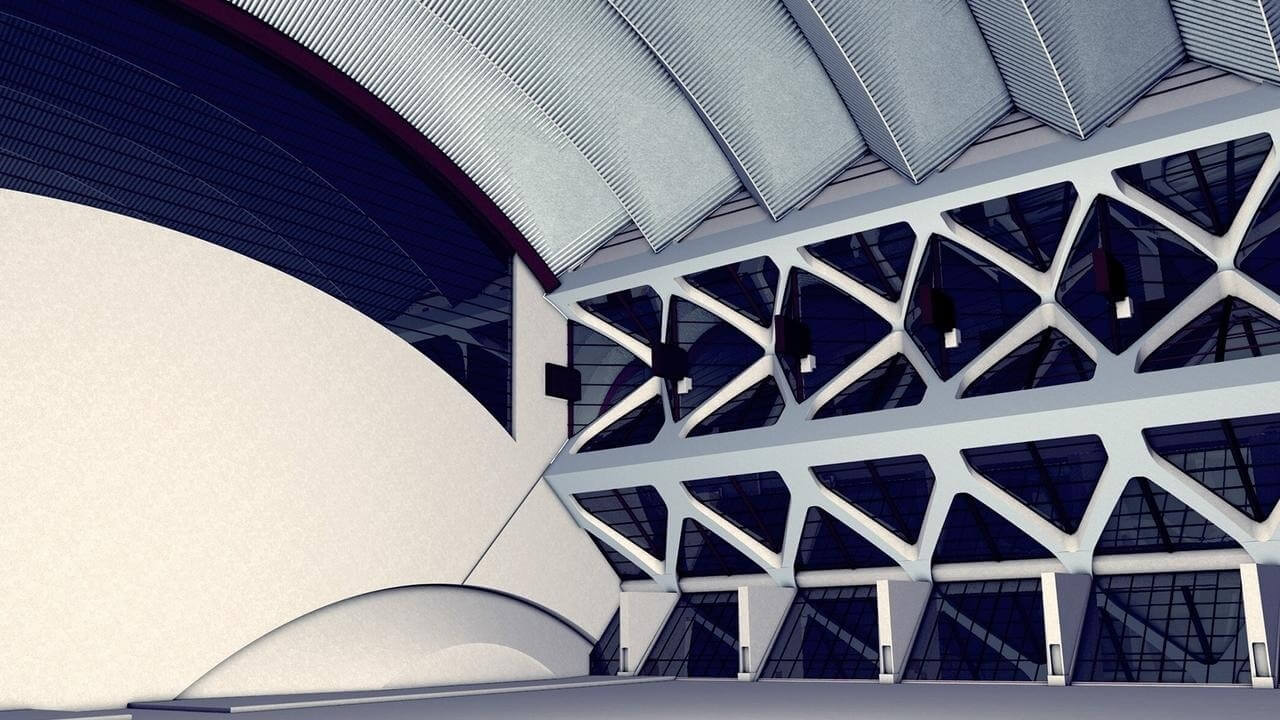When thinking about and designing architecture, you develop design processes that work for you. But how often do you step outside your own architectural design process to learn from other design and creative fields? Have you ever delved into what it is like for a book author to write a book? Or a filmmaker to produce a film? Or a game designer to create the next epic video game?
You may be wondering...Other than the fact that there is creativity and design involved in making buildings, books, films, and games, what really sits at the nexus of each of these disciplines that can inform them all respectively?
The quest to create an unforgettable journey.
For authors, filmmakers, and game designers, world-building and narrative design are critical (whether that world is physical, virtual, or even fictional). All of these creatives must design context, journey, and meaning through their respective medium. And architectural environments must do the same.
So how can the way an author, filmmaker, or game designer inform how architecture is designed? By guiding the architect to design through a sense of "flow". (Not only creative flow, but also experiential flow for the occupant).
When a book guides its reader through a narrative, complete with story arcs, climactic moments, juxtaposition, foreshadowing (and so on), the author is creating a portal by which to pull readers along an experiential journey --- the same is true for filmmaking and game designing. For example, game designers must create flow by also integrating aspects of opening narrative loops, goal attainment, and even reward. All of these book, film, and video game qualities can work to help your architectural design improve significantly.
It is important to realize that architecture, while striving to solve physical-world problems, can beneficially learn a lot from other creative disciplines. After all, designing for virtual and/or fictional worlds opens one's mind to see and solve for problems and their surrounding context in different ways. This expands how you think about architecture, and helps you so solve for those problems to achieve new milestones and breakthroughs.
For all of these reasons, and many more --- my new podcast, called Design Futurecast, focuses on not only architectural design, but also other creative fields including art, writing, filmmaking, and game design. With the emergence of new technologies proliferating into the design process of so many fields, there are new tools being born and new methodologies being invented for all. This means that we are designing in an era where interconnection between disciplines is critical. Even to the point where as an architectural researcher, designer, and teacher, I will be further delving into these other design processes personally.
Each field within design can learn from the other, and can share new ways of seeing, thinking, and creating. All to make those unforgettable journeys for those people whom their masterworks serve.
Image Credit: © Syda Productions | Fotolia






